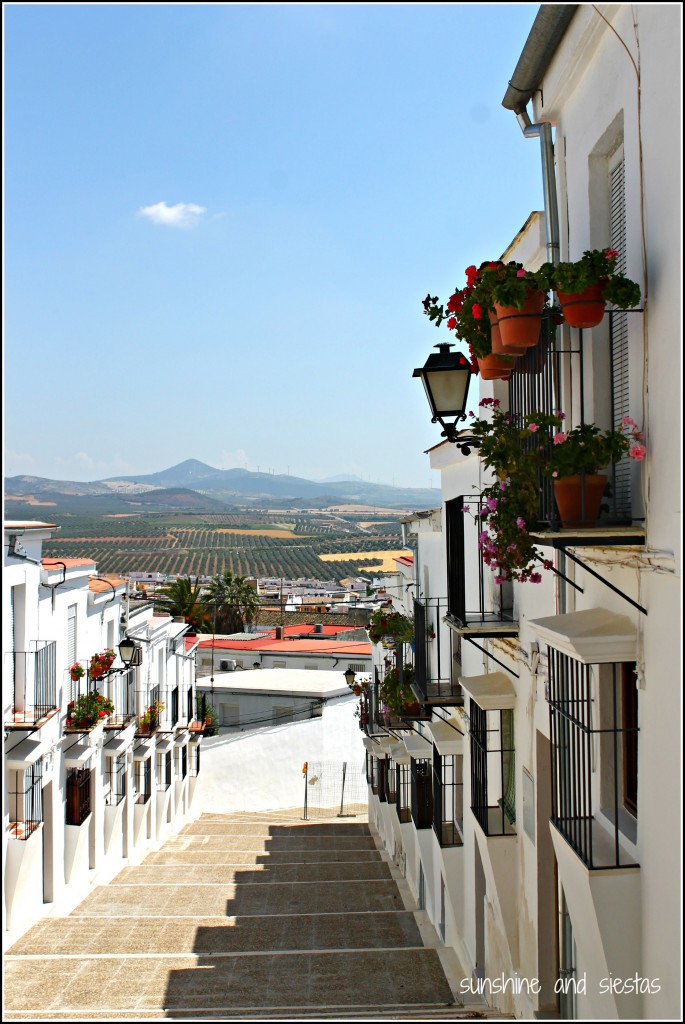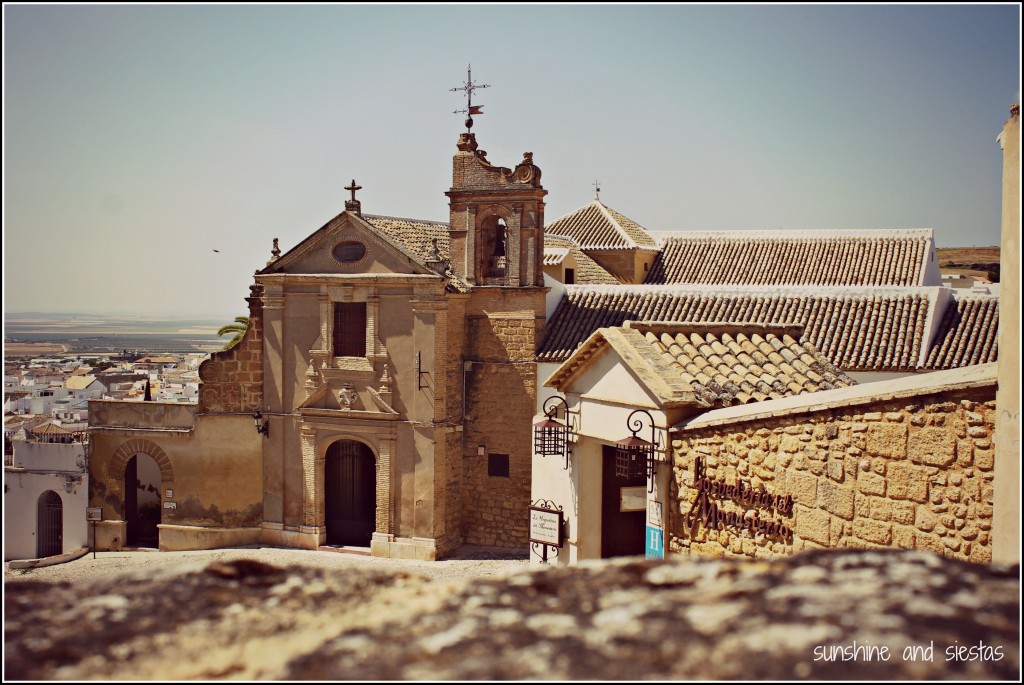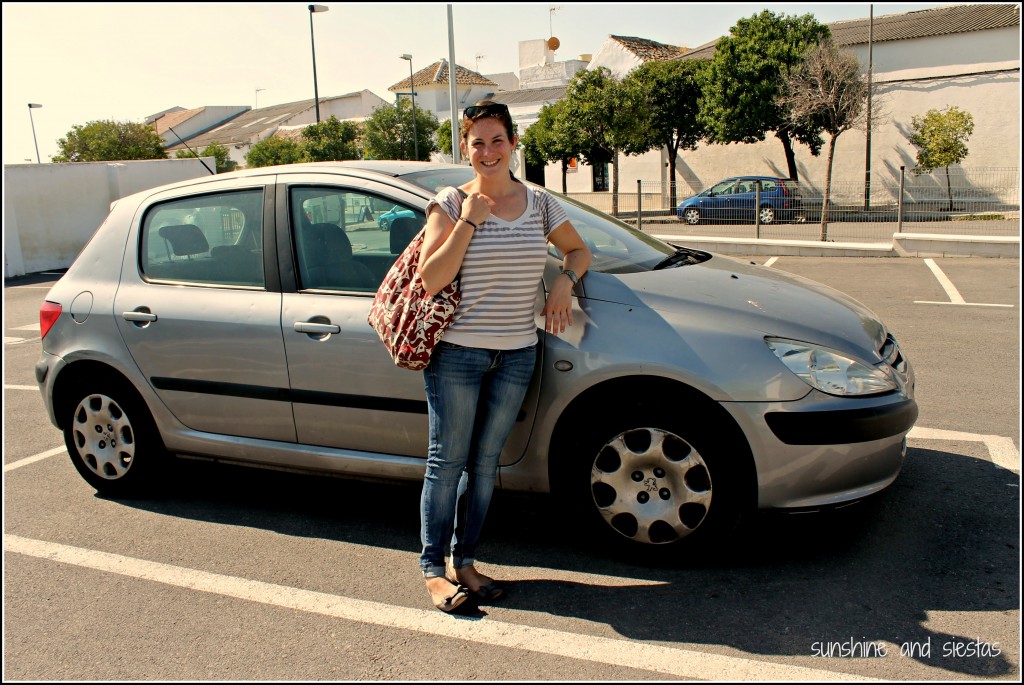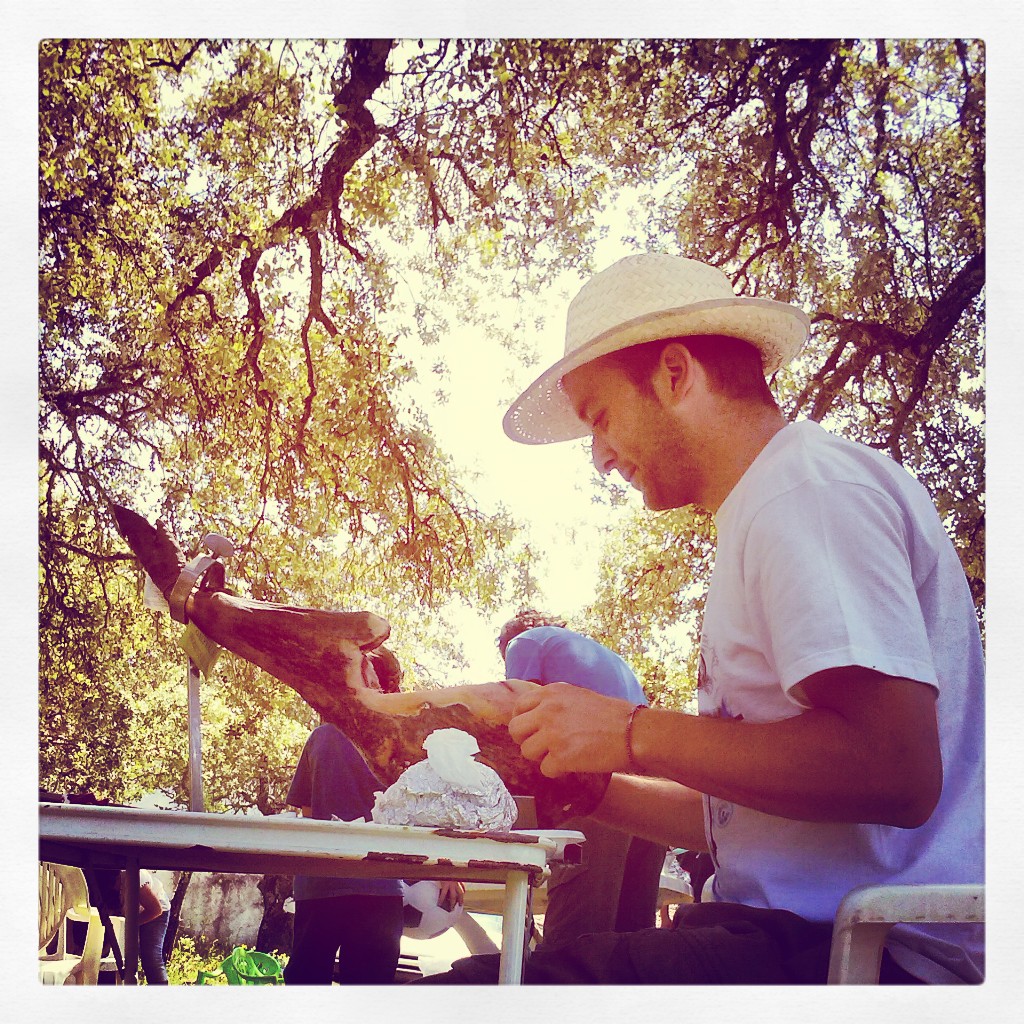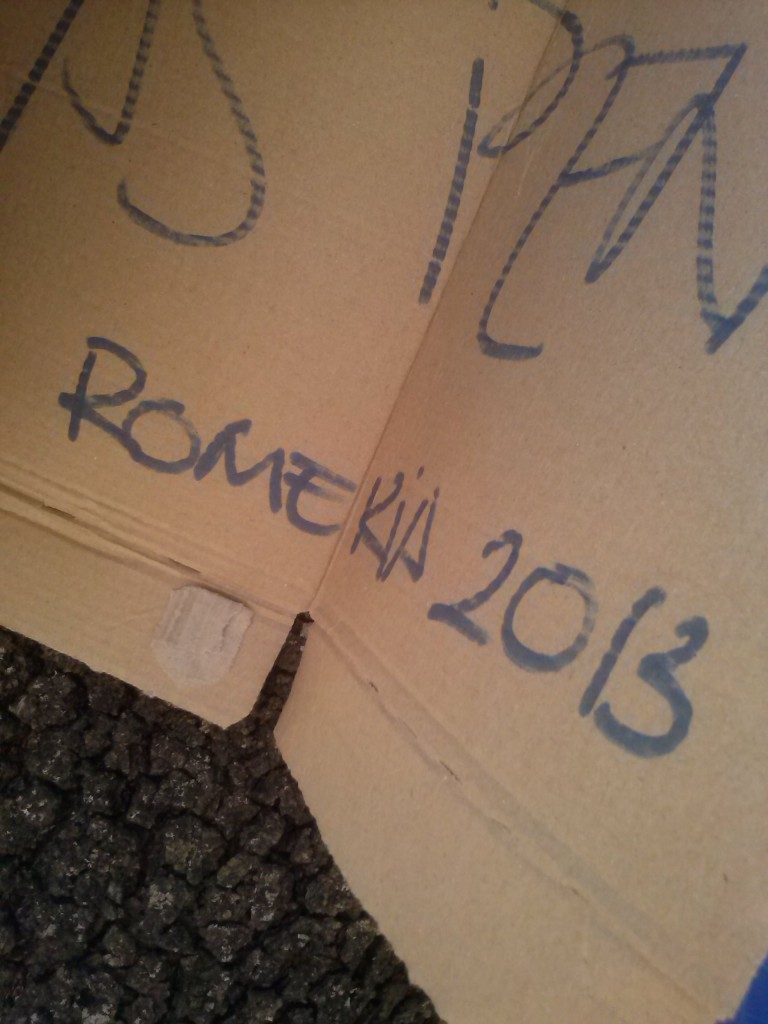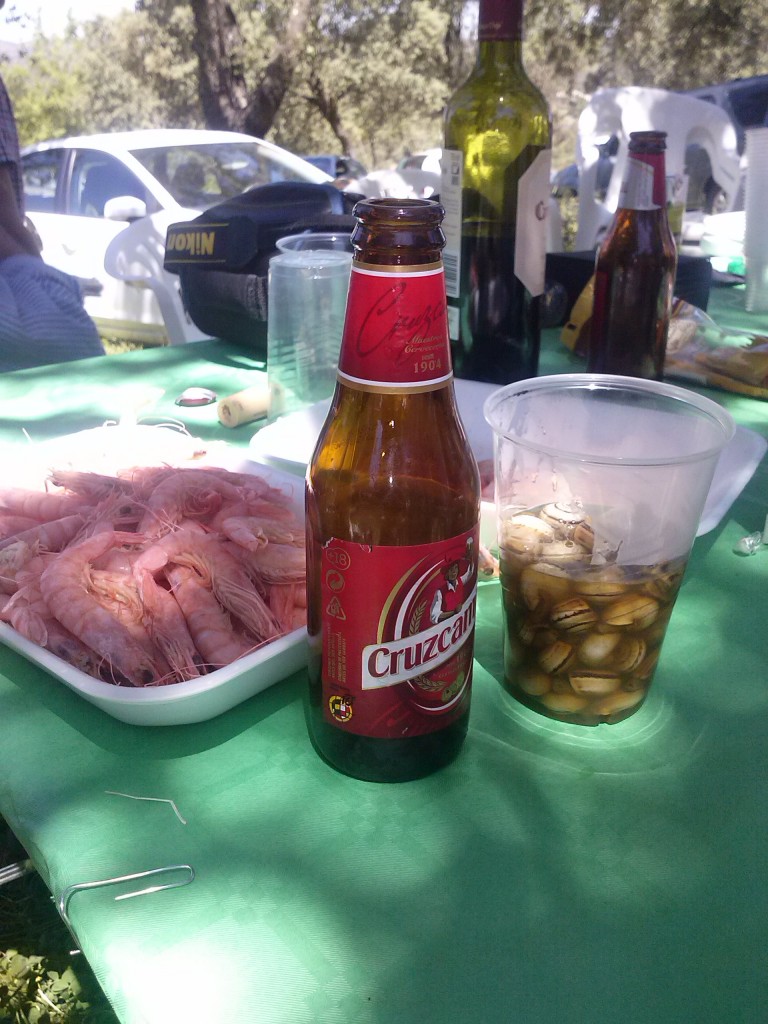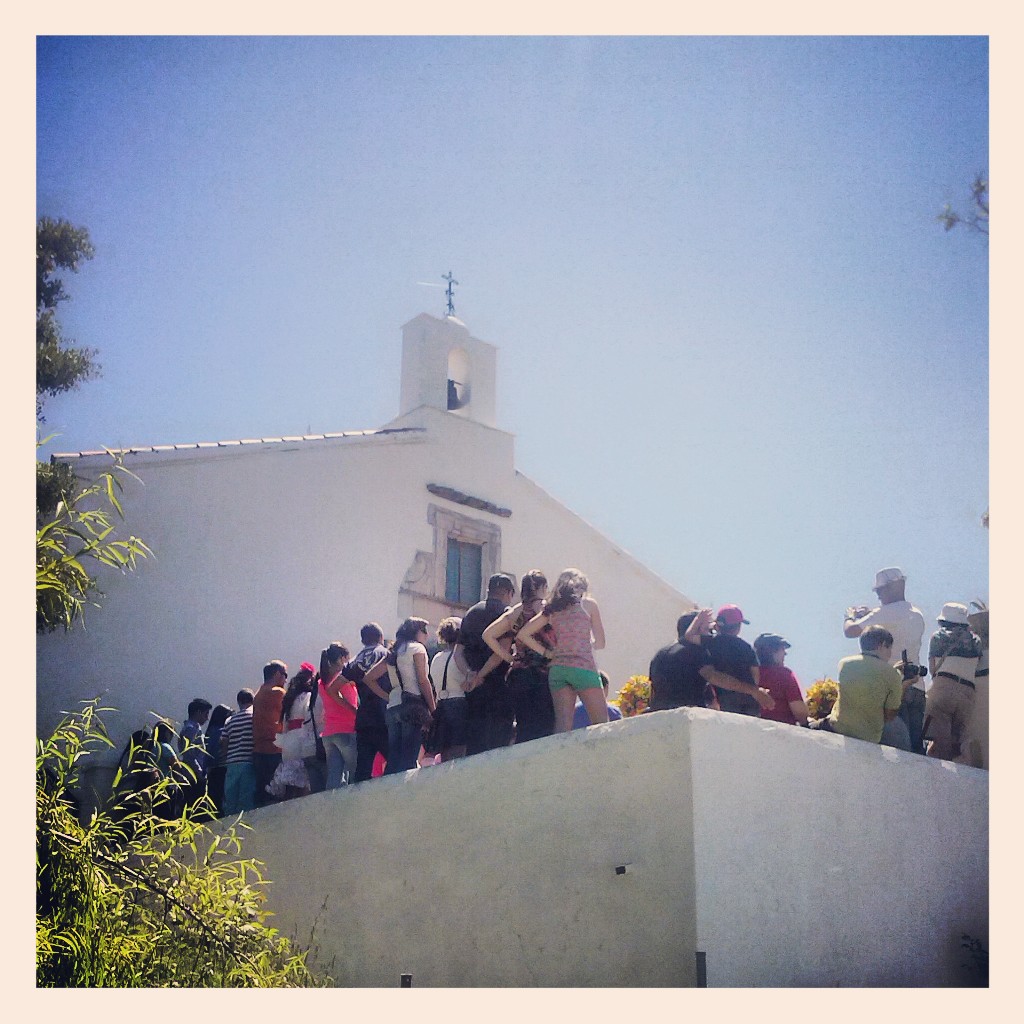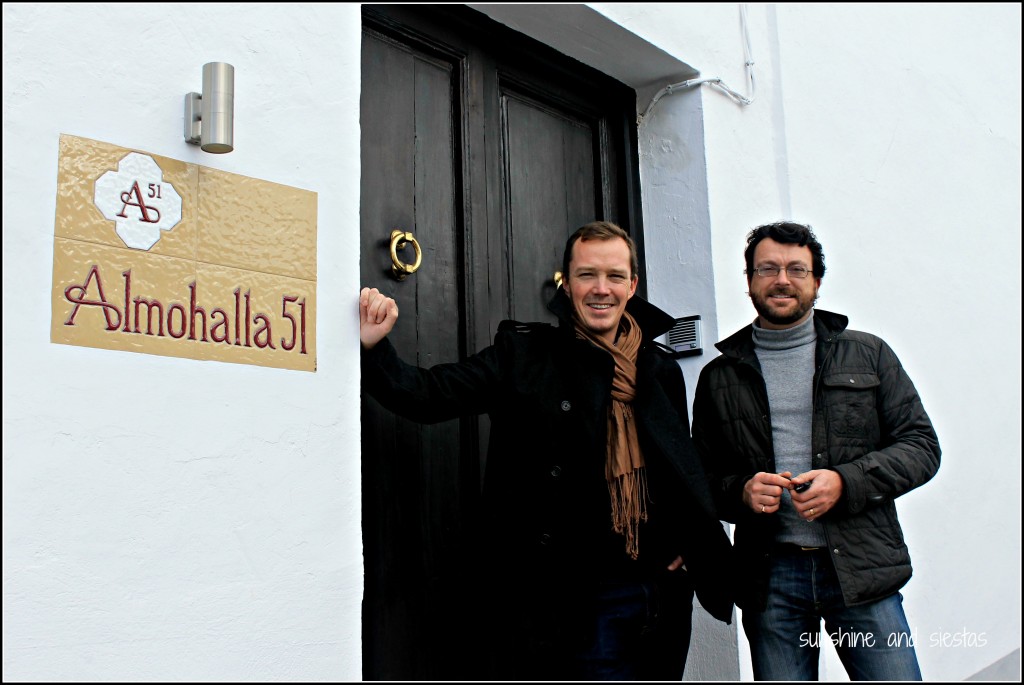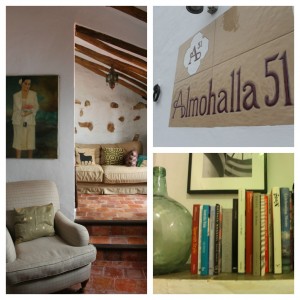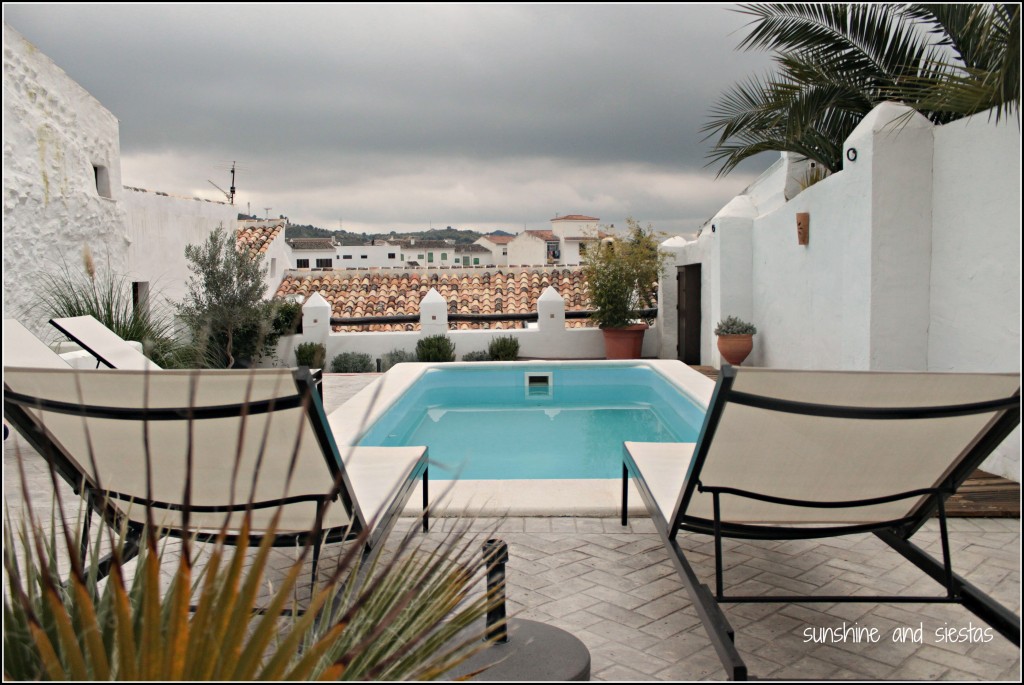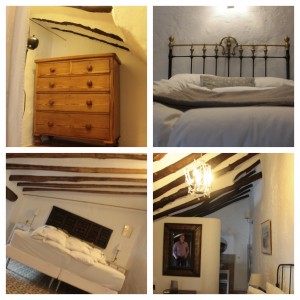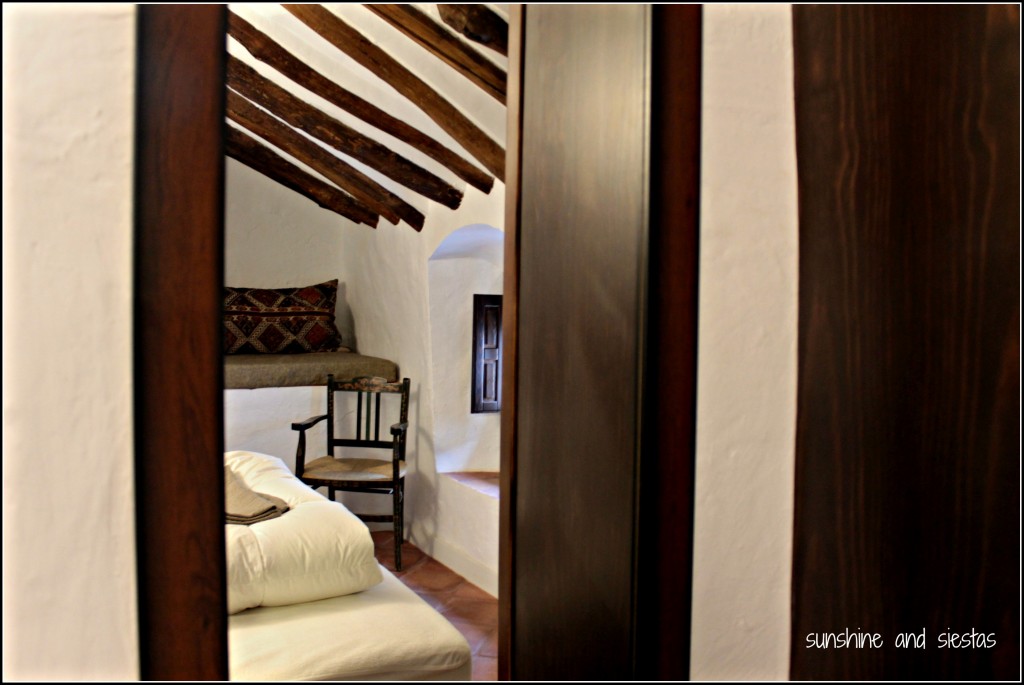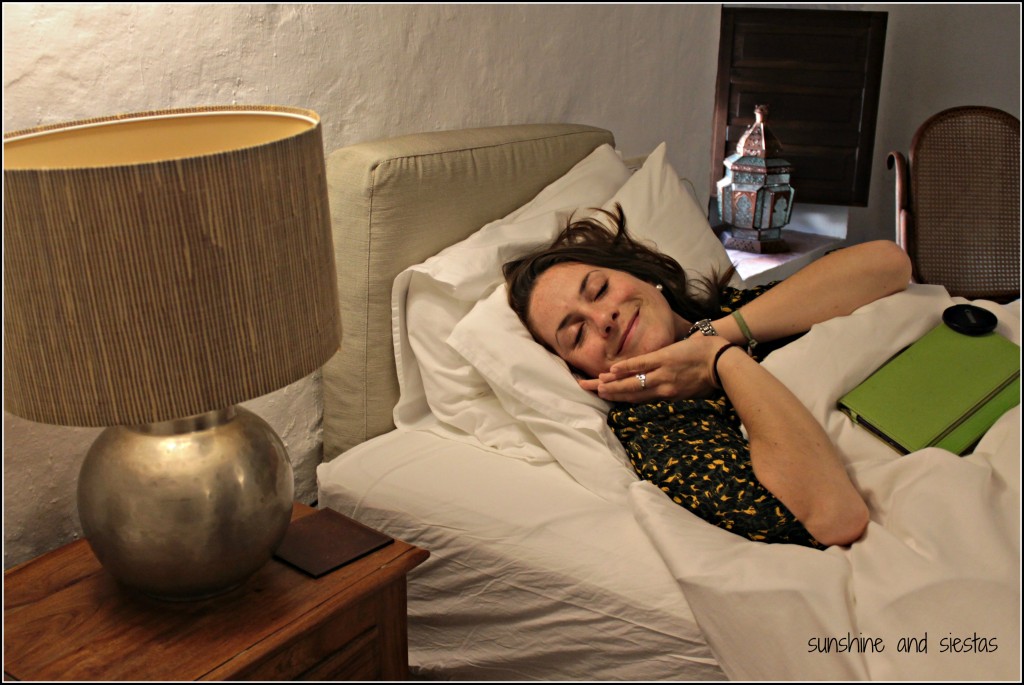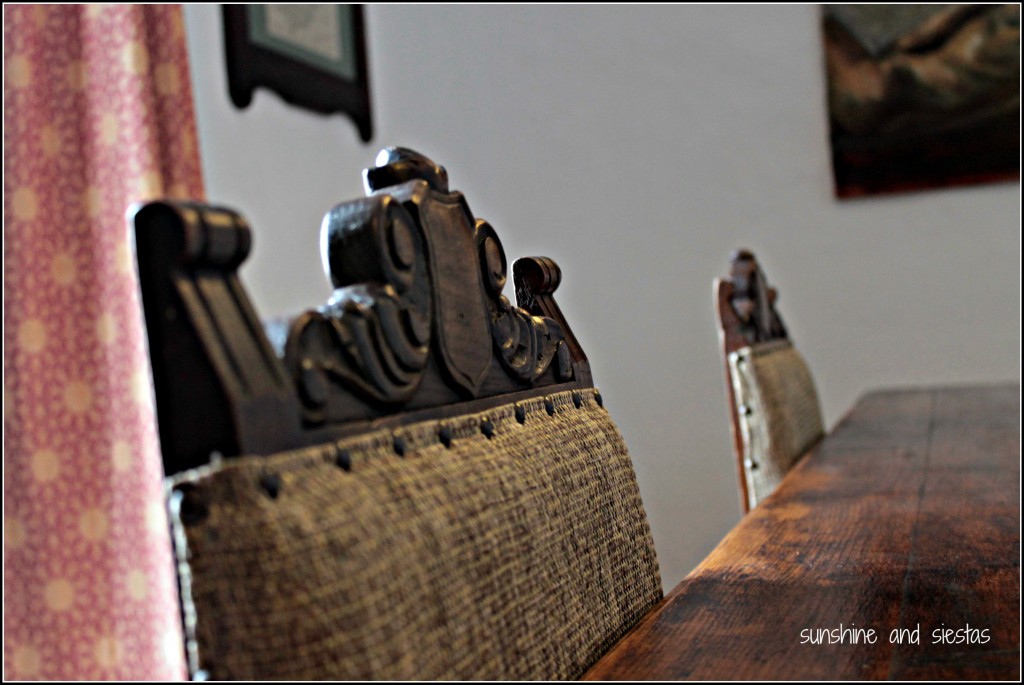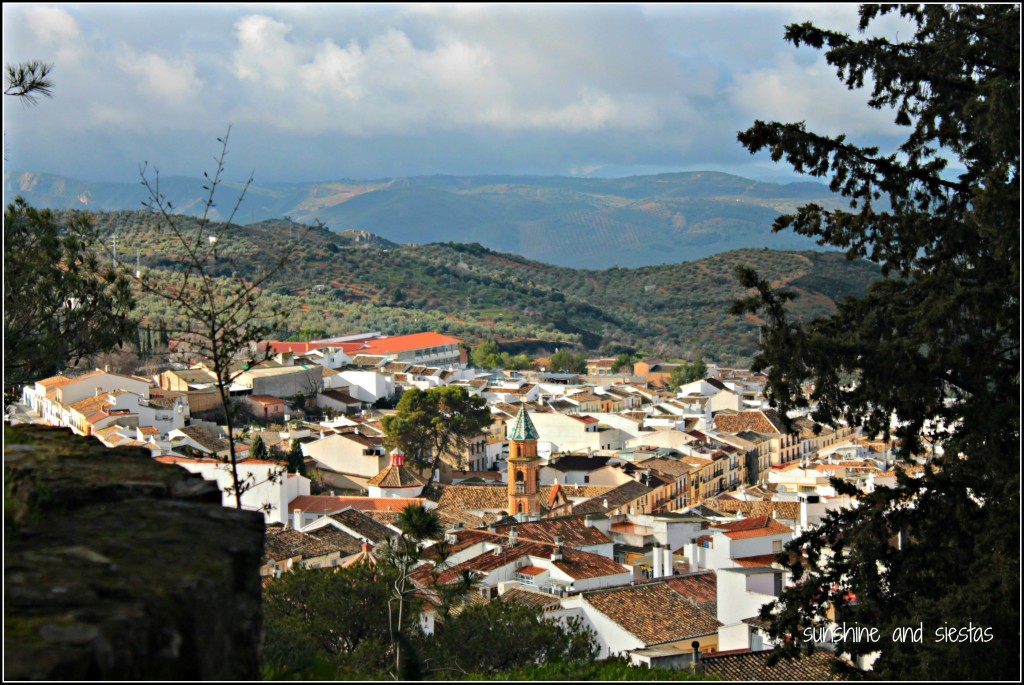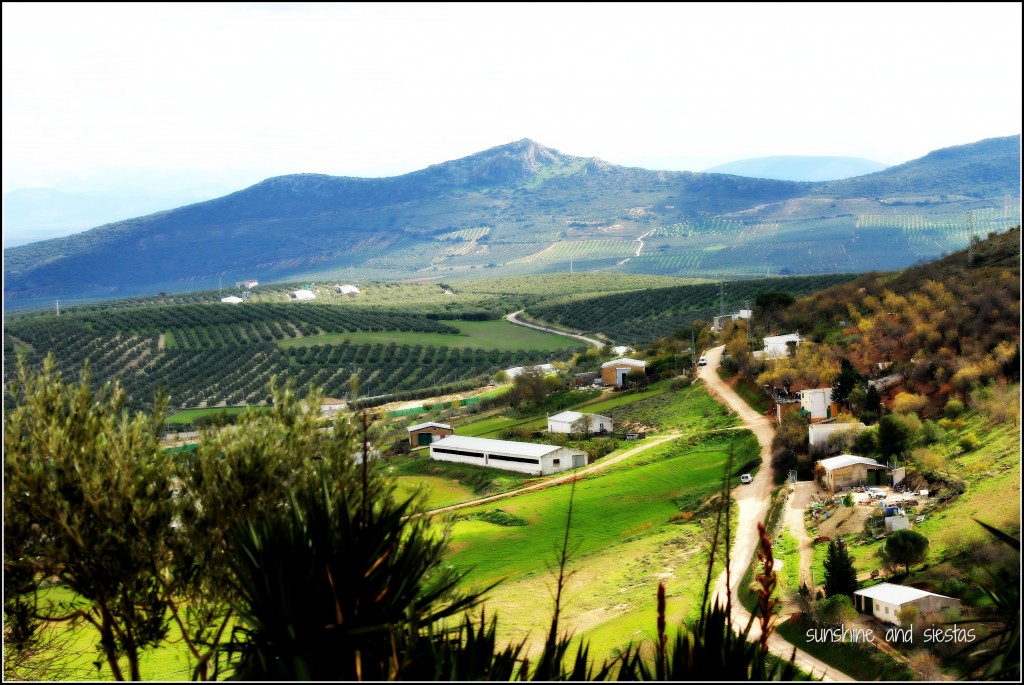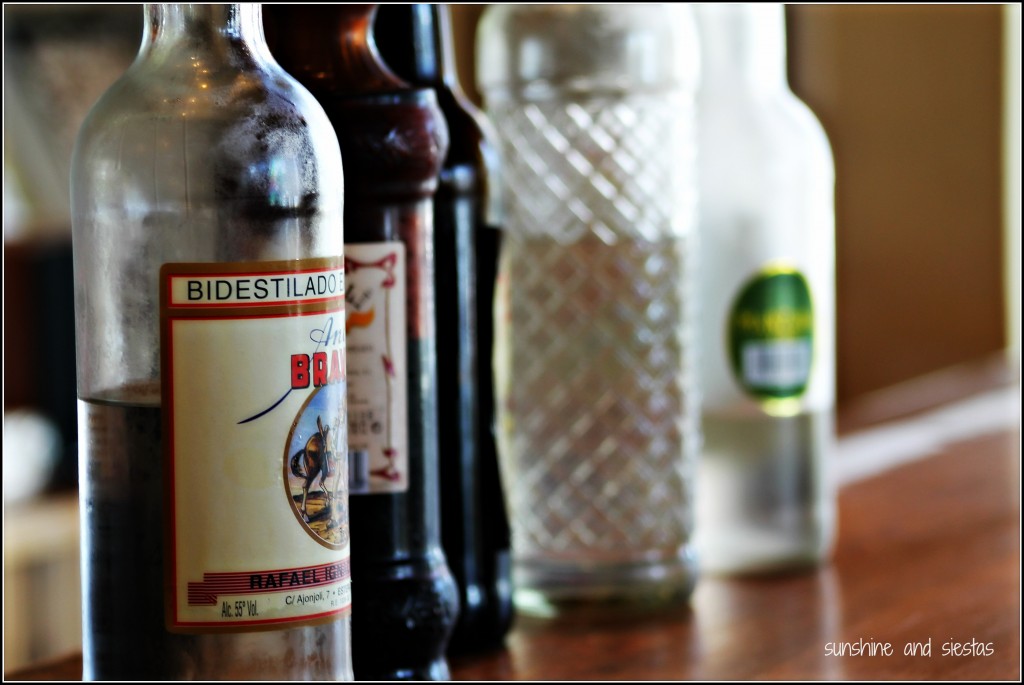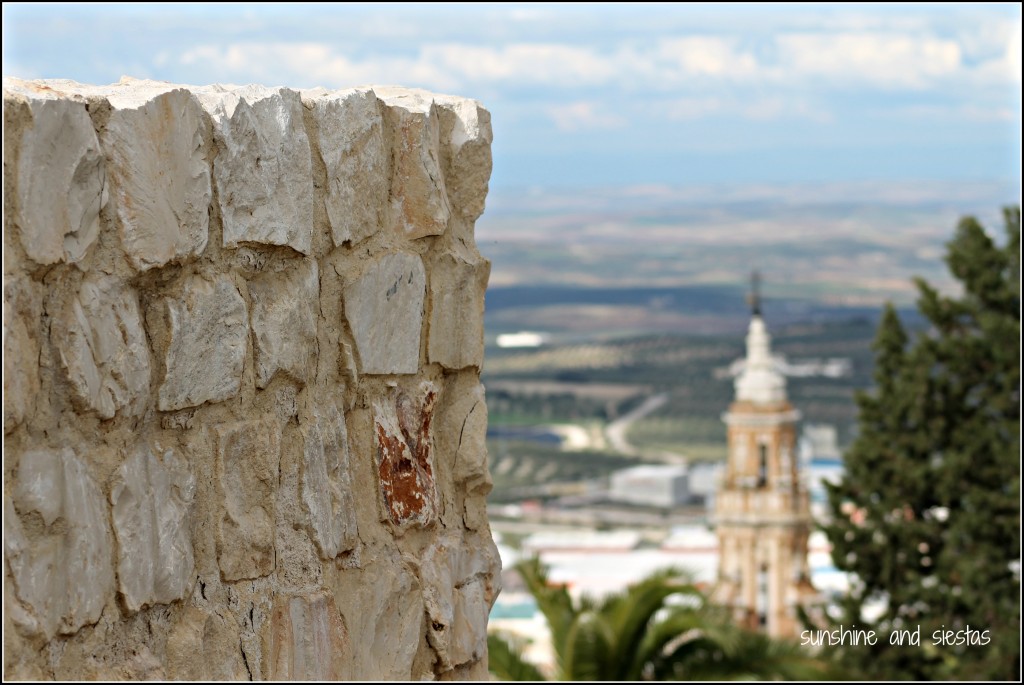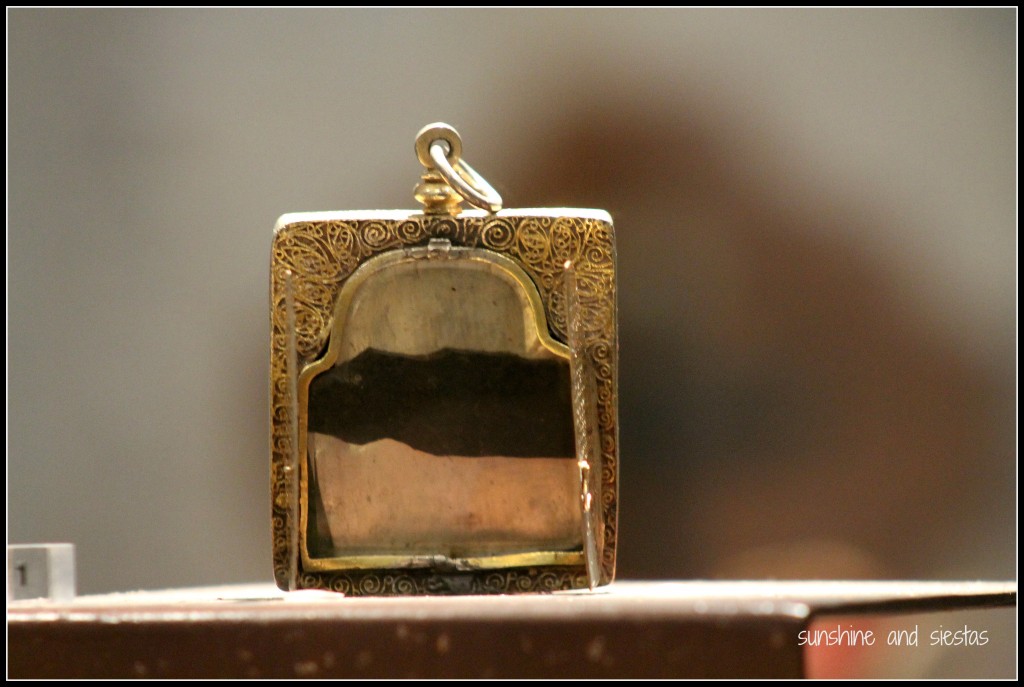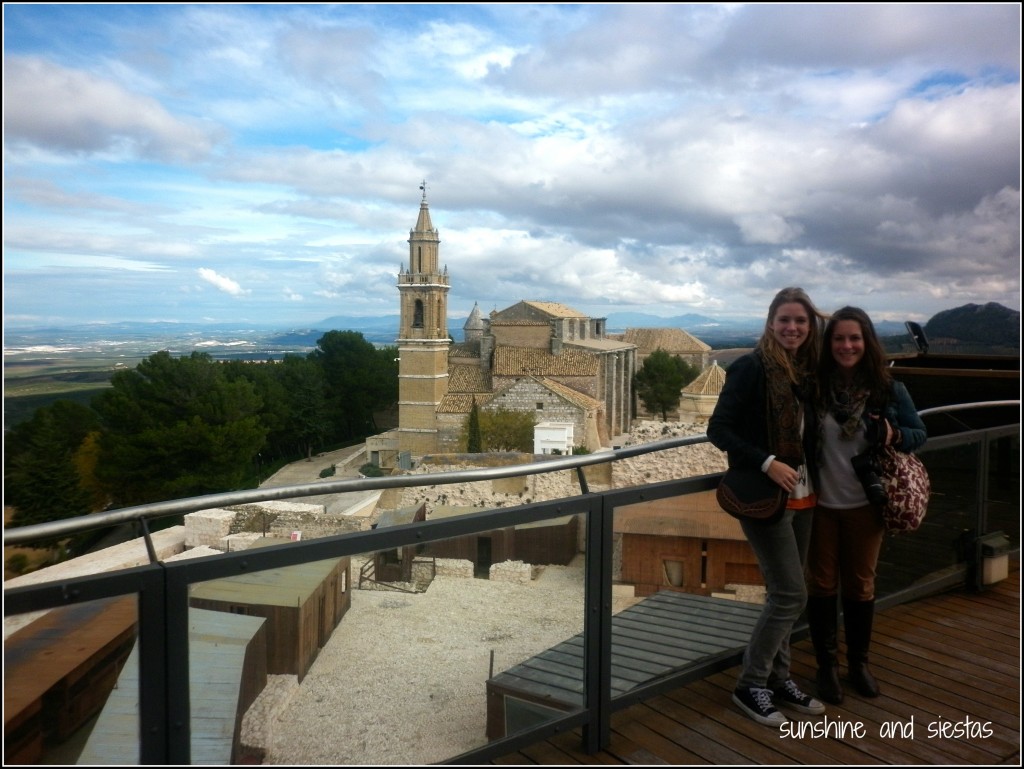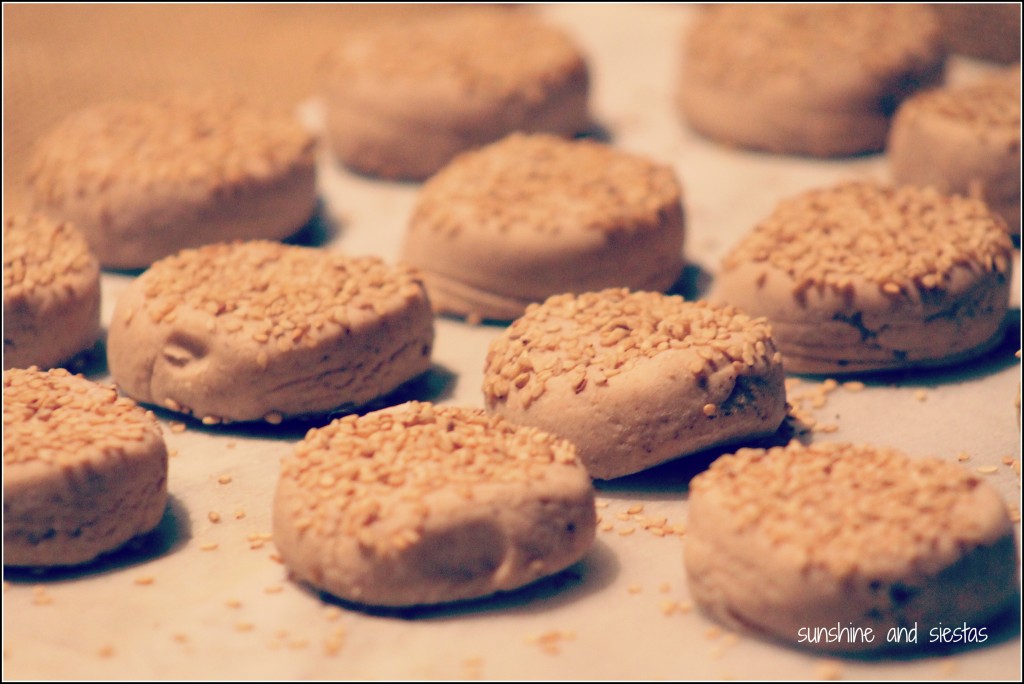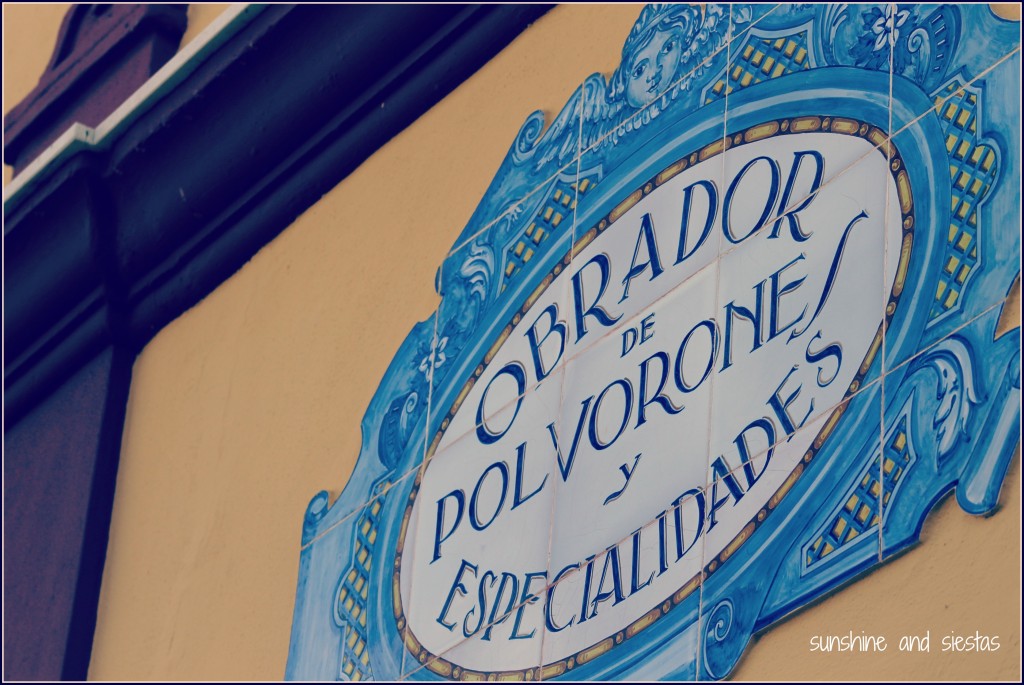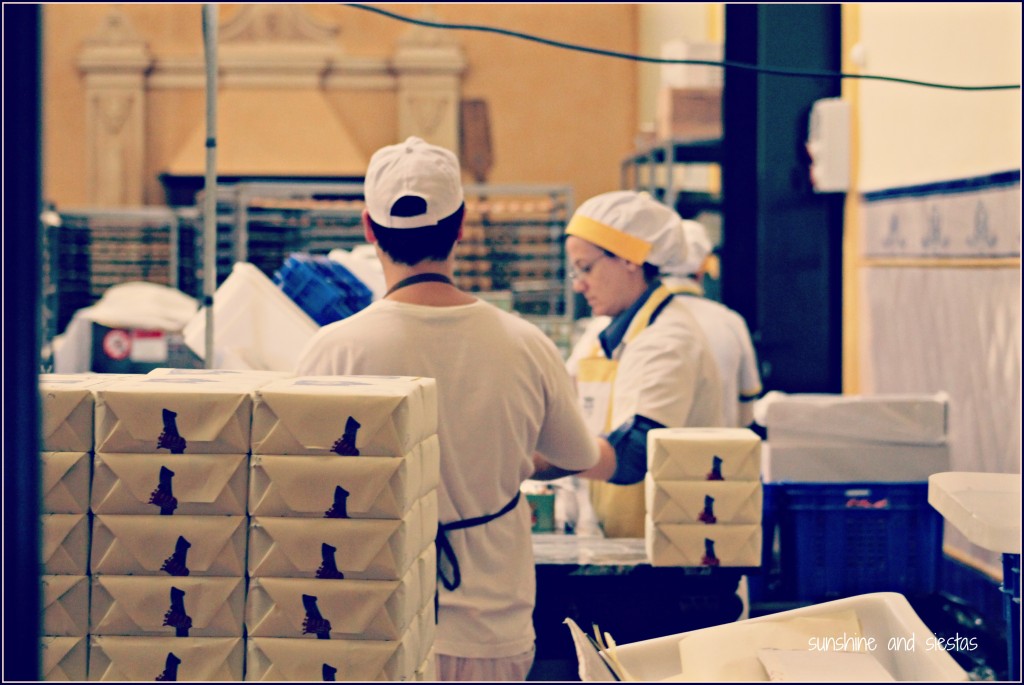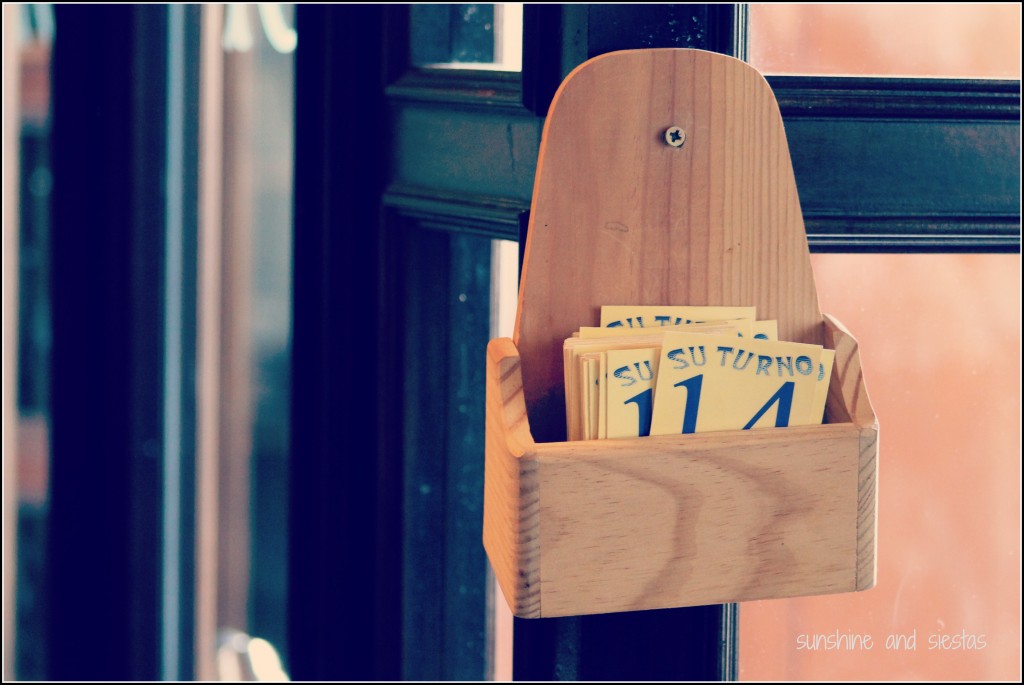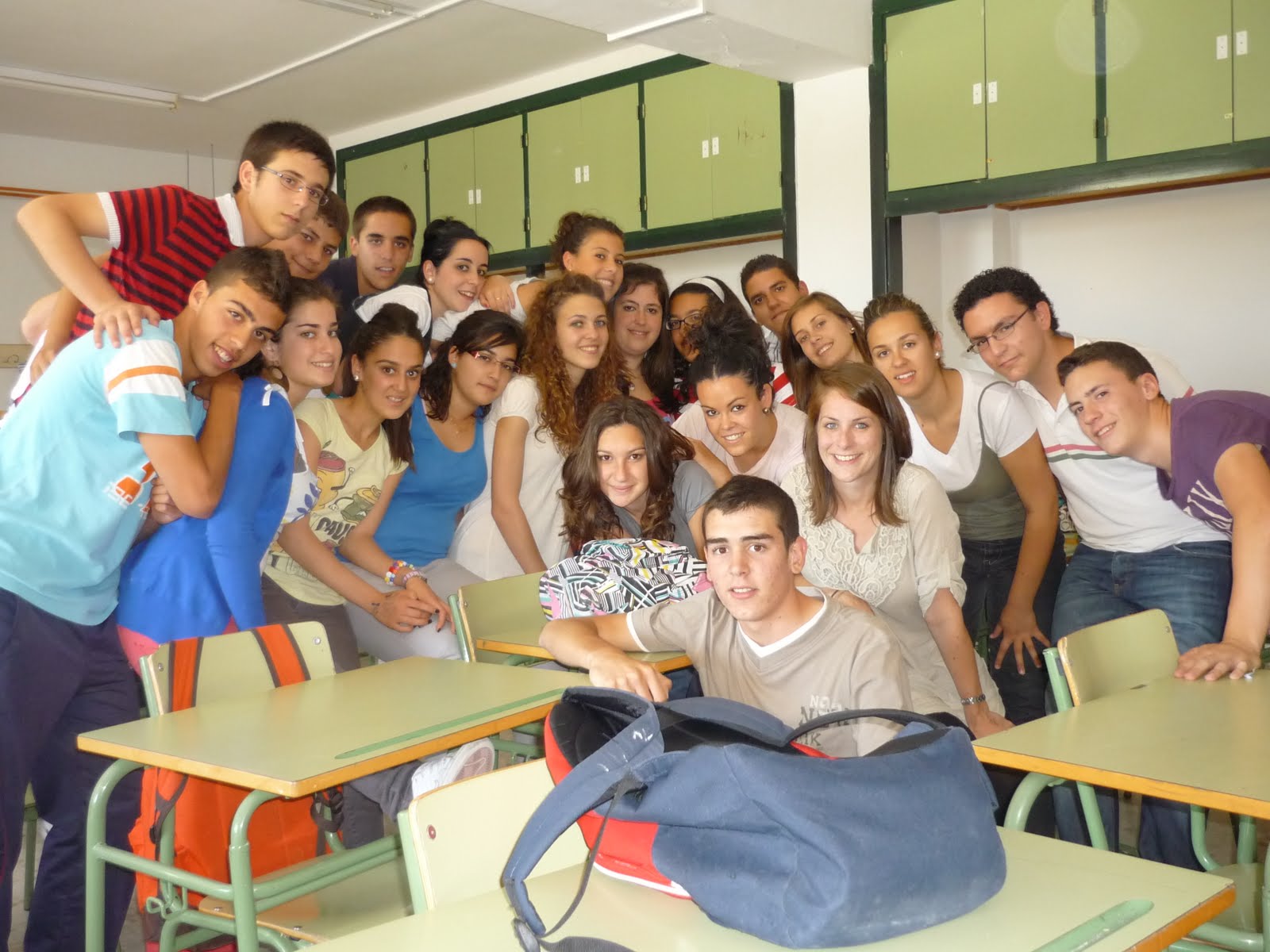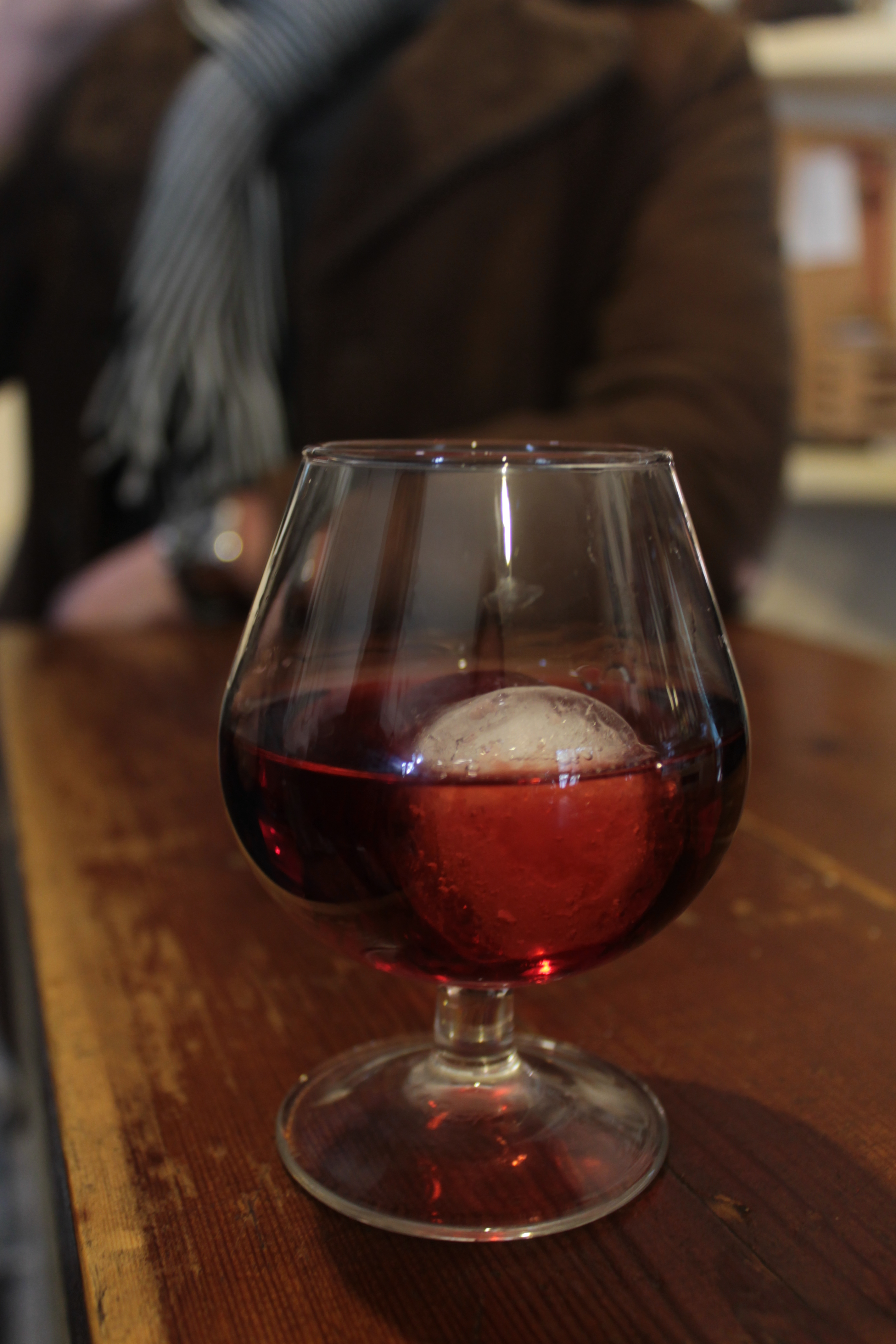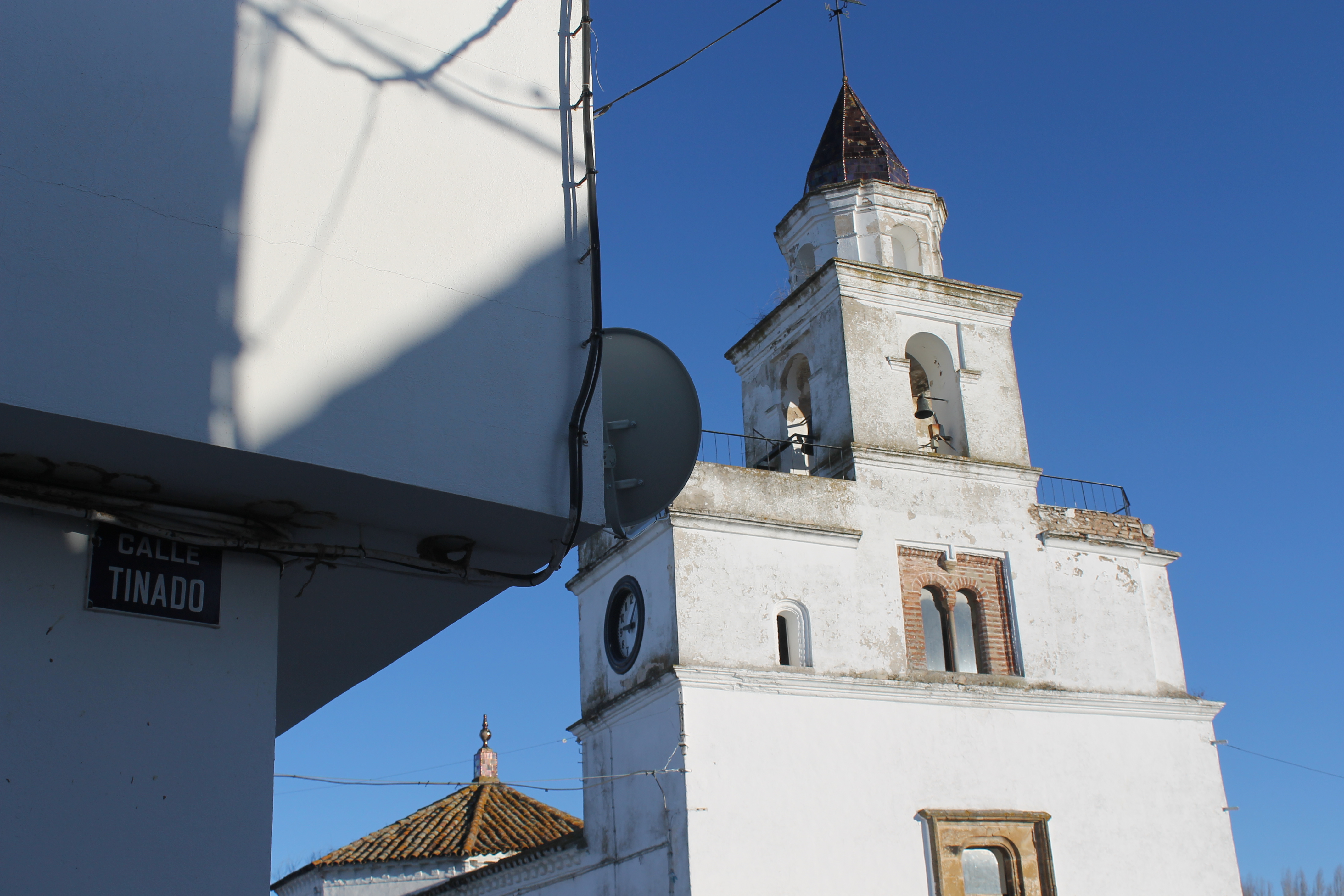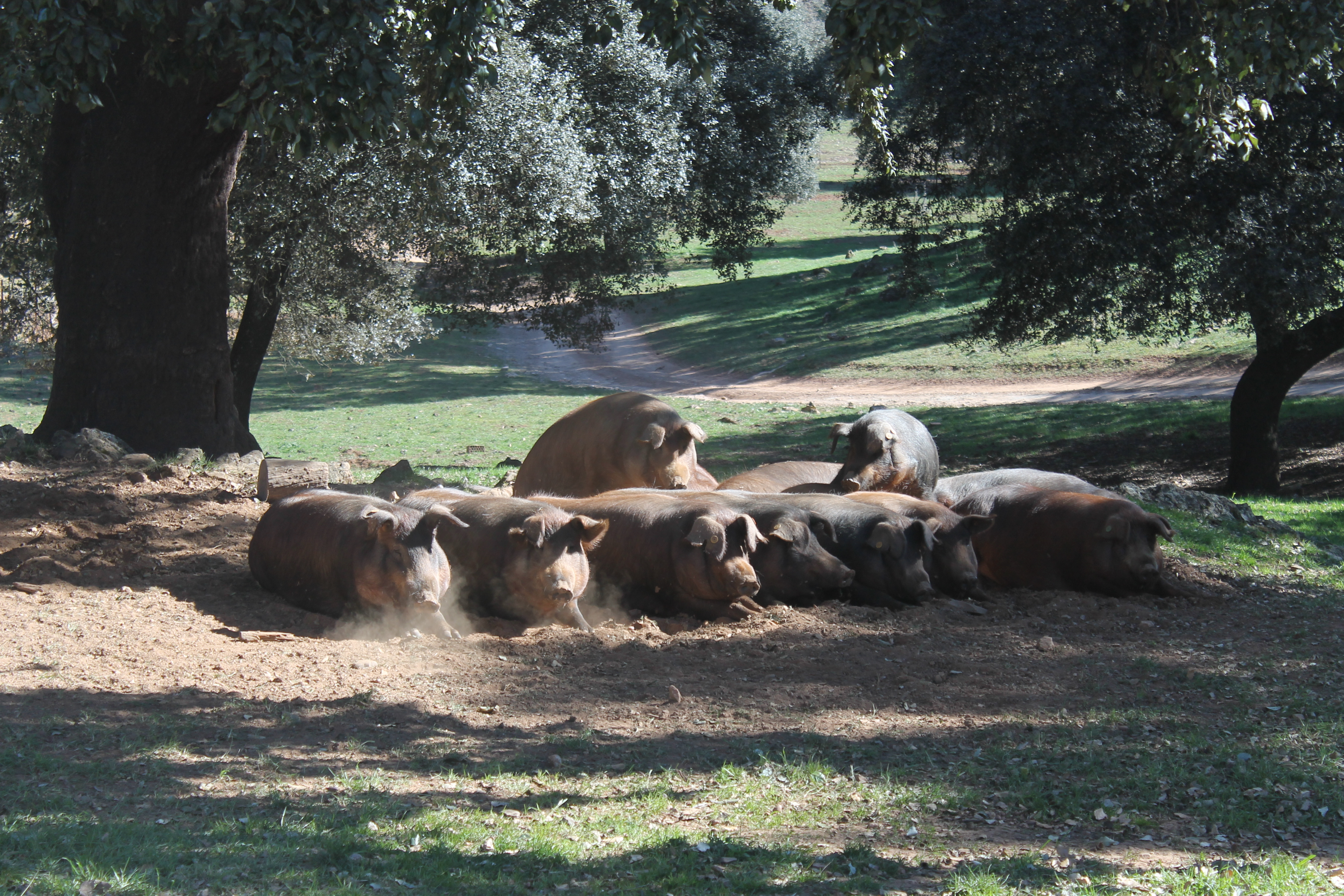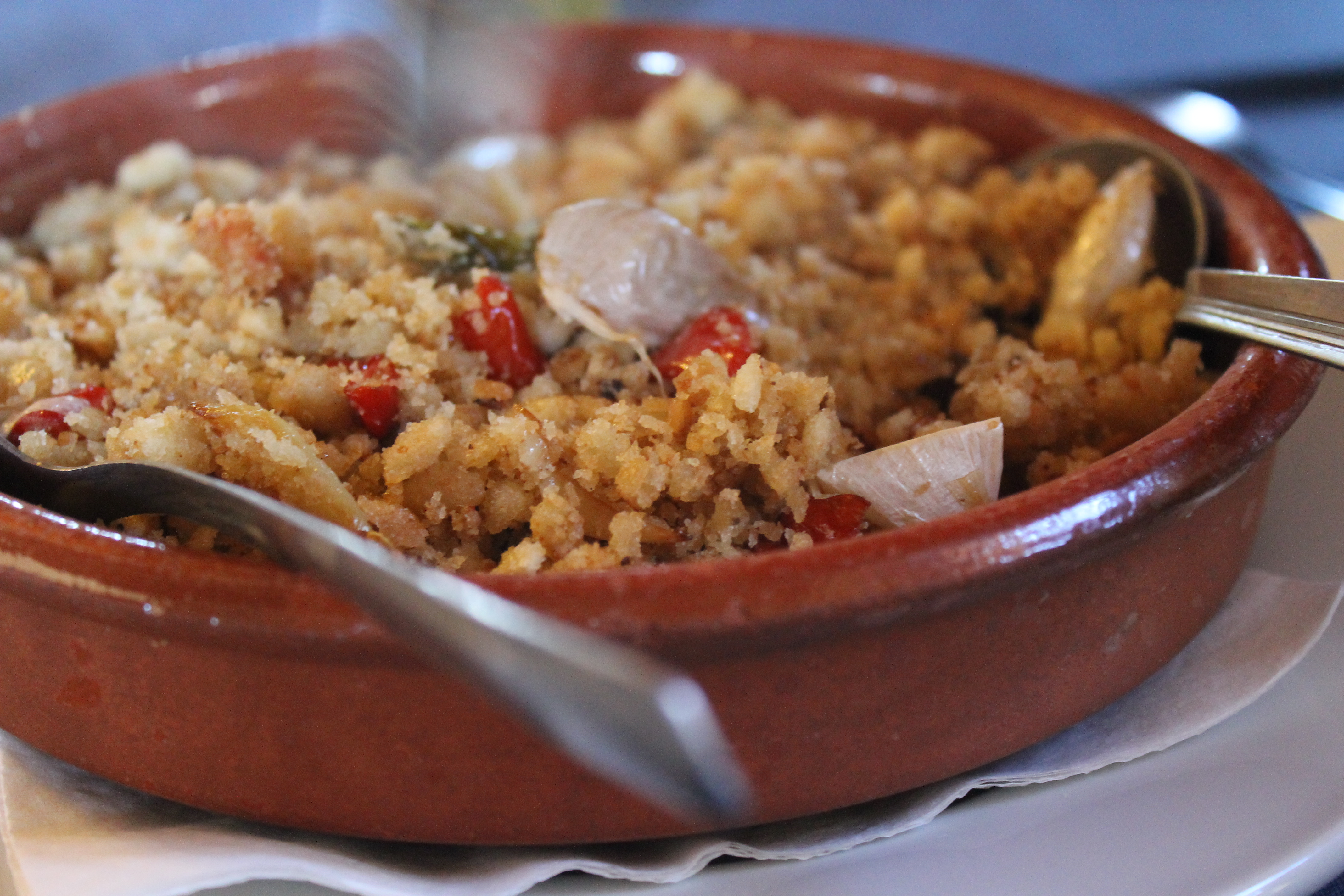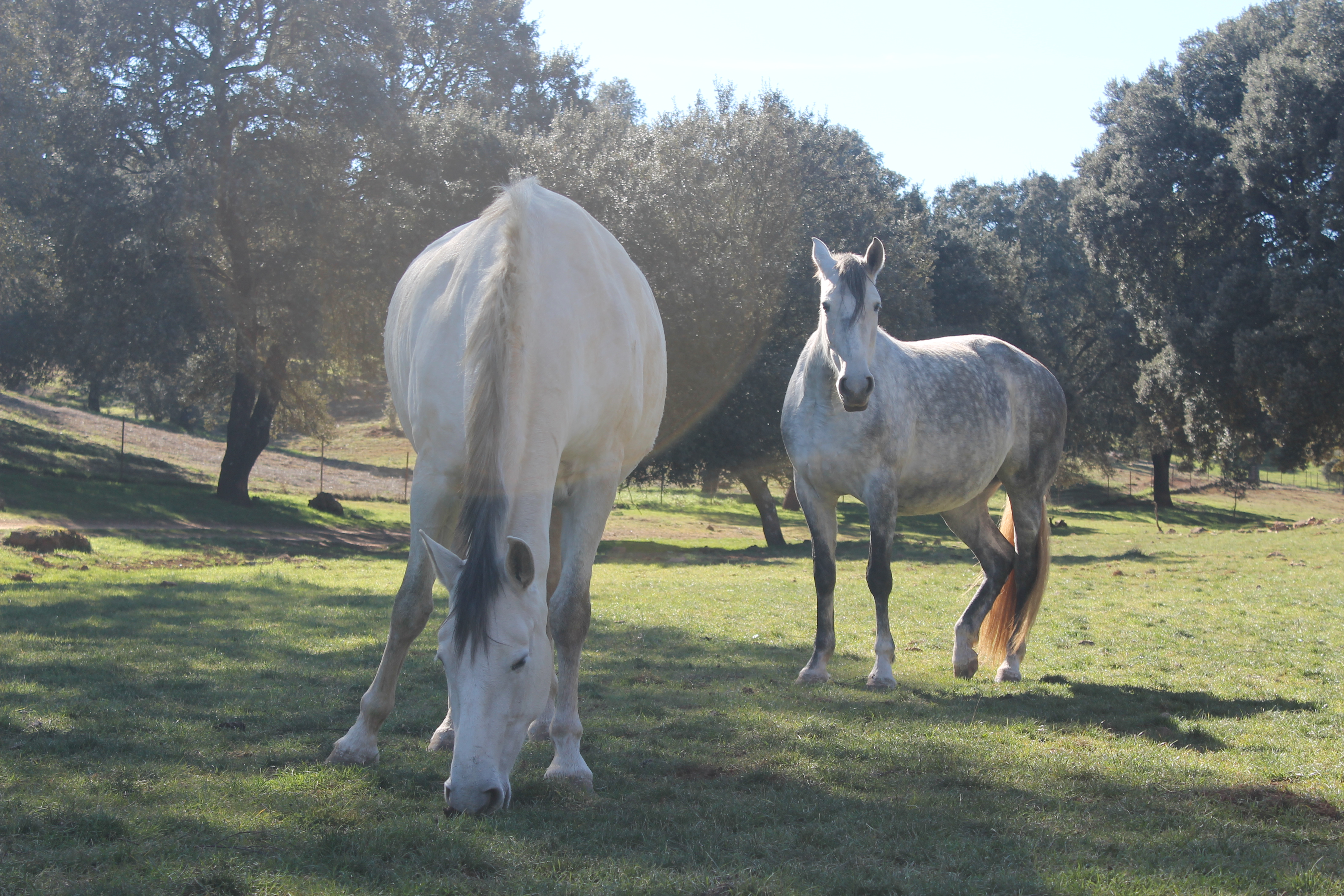There’s nothing like the open road and the feel of torque under your feet (feet, because I drive stick shift now!) and a new destination to tick off your must-sees list. Hayley, my Spanish media naranja, and I agreed to meet halfway in between our respected cities for lunch in Osuna and a bit of Saturday sight-seeing.
Que Dios bendiga las girlfriends.
The village of Osuna lies midway between Seville and Antequera, a little burp of civilization built upon a lone hill. Fun fact: its flag and coat of arms bears, well, two bears along with a topless woman. This pueblo and I would get along fine, even though it’s better known for being the last place where Julius Caesar fought in person (and the town’s name comes from Urso, ‘bear’ in Latin).
The whitewashed town, crowned by an old university and sprawling church, was sleepy for a warm Saturday, but perfect for a few hours’ lunch over Camino and business plans. It’s not hard on the eyes, either.
Oh, and here’s a bonus one of me and my car, El Pequeño Monty, a 2002 Peugeot 307. Bought my first coche at the ripe old age of 27-and-three-quarters!
Love your little rinconcito of Spain? Sunshine and Siestas is looking for guest bloggers for the busy summer months of late June – mid August while Cat is galivanting in Galicia at summer camp and walking the Camino de Santiago for charity. If you’re interested, send an email to sunshineandsiestas[at]gmail[dot]com with your ideas, photos and stories.
